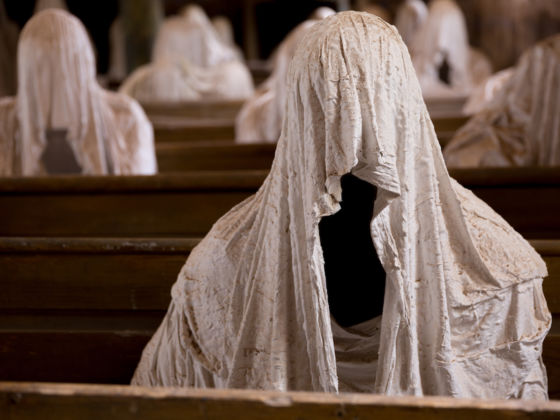EVER WONDER WHAT it takes to become a serious ghostbuster? What sorts of skills are necessary in order to track down our fleshless friends?
Well, paranormal neophytes, Matador is here to help debunk erroneous myths and impart ghost-hunting advice.
Armed with a hefty set of questions and a burning curiosity, we sit down with professional ghost hunter and director of the Office of Paranormal Investigations, Loyd Auerbach, to get some serious knowledge from one of the most respected minds in all things paranormal.
Here are six myths Loyd typically encounters among lay people and junior investigators alike.
